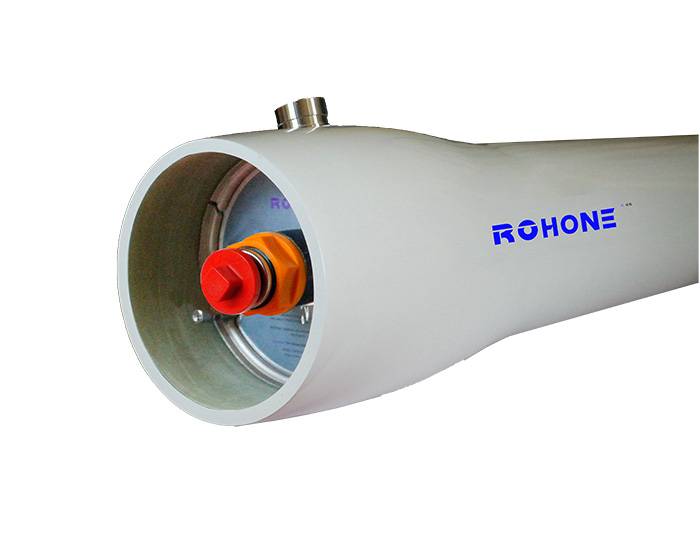Reverse osmosis technology, as a kind of membrane separation technology, has the characteristics of advanced nature, and has achieved good results in the application of water treatment in power plants. Especially for the current situation of water shortage, the power plant uses reverse osmosis technology to treat the power plant water, which effectively realizes the reuse of wastewater and saves water resources. Moreover, reverse osmosis technology can also realize the effective treatment of wastewater around the power plant and the beneficial use of resources, which is not only conducive to reducing the operating cost of the power plant, but also has a very important meaning for the realization of the economic, social and ecological benefits of the power plant.
1 Basic principles of reverse osmosis technology
Reverse osmosis technology is essentially a membrane separation technology, that is, a technology of selectively separating molecular mixtures of different particle sizes when passing through reverse osmosis membrane housings. Therefore, in reverse osmosis technology, semi-permeable membrane is the key to this technology. Generally, semi-permeable membranes are divided into microfiltration membranes, ultrafiltration membranes, nanofiltration membranes and reverse osmosis membranes according to different pore sizes. Among them, the reverse osmosis membrane itself has a smaller pore size, so it can filter out colloids, organics, salts and microorganisms during water treatment. In the application process of reverse osmosis technology, it uses the pressure difference as an effective driving force for the technology. In the specific application process, by applying pressure to the solution on one side of the membrane, as the operating pressure continues to increase, when it is greater than the osmotic pressure, the solution will penetrate in the opposite direction. However, in the actual operation process, reverse osmosis membrane has the characteristics of complexity and precision, and it is very susceptible to pollution and blockage. Once it suffers slight mechanical damage, it will also have a greater impact on its actual performance. In the process of water treatment by technology, strict requirements are imposed on the quality of the incoming water, and the raw water must be effectively treated in advance to ensure that the water quality is in line with the operating standards, so as to improve the efficiency of the reverse osmosis device in the water treatment process.

Frp Pressure Vessels For Large Ro Systems
2 Characteristics of reverse osmosis
Reverse osmosis membrane separation technology uses the principle of reverse osmosis to achieve the purification and concentration of solutions. The separation characteristics make it have the following characteristics: (1) reverse osmosis technology has a high degree of automation, and its energy consumption is the lowest among most processing methods. Because only the pressure of water is the driving force in the process of water treatment. Under the condition of no phase change at room temperature, the solute and solvent can be separated, and the effective component loss is very small. It is especially suitable for the separation and concentration of heat-sensitive substances. Compared with the separation method with phase change, the energy consumption is relatively low. low. (2) No regeneration treatment, physical process, no chemical reagents and additives are used, and the product is not polluted; therefore, a large amount of acid and alkali and chemical agents are saved, and the discharge of acid and alkali waste liquid is greatly reduced, eliminating waste acid and alkali and The chemical waste liquid treatment process reduces environmental pollution and has good environmental benefits.
(3) The properties of the reverse osmosis membrane are stable, there is no phase change in the whole process, and they all work at normal temperature. The impurity removal rate is high and the removal range is wide. It has a small energy consumption and good effluent quality. (4)The frp pressure vessels for large RO systems can be adapted to a variety of raw water, the equipment is simple and easy to operate, strong adaptability, the processing scale can be large or small, continuous or intermittent, The process is simple, the operation is convenient, and it is easy to automate the operation and maintenance and the equipment maintenance workload is small. (5) Reverse osmosis has good economic benefits. The operating cost of the reverse osmosis system is low, and the investment can be recovered in a short time. Continuous water production is a great advantage of reverse osmosis water treatment technology. There is no use of ion exchangers, so there is no backwash, reduction, regeneration, replacement, and subsequent washing operations. Suddenly low, so that the generator set can run stably, and the safe operation of the power plant is also beneficially guaranteed.